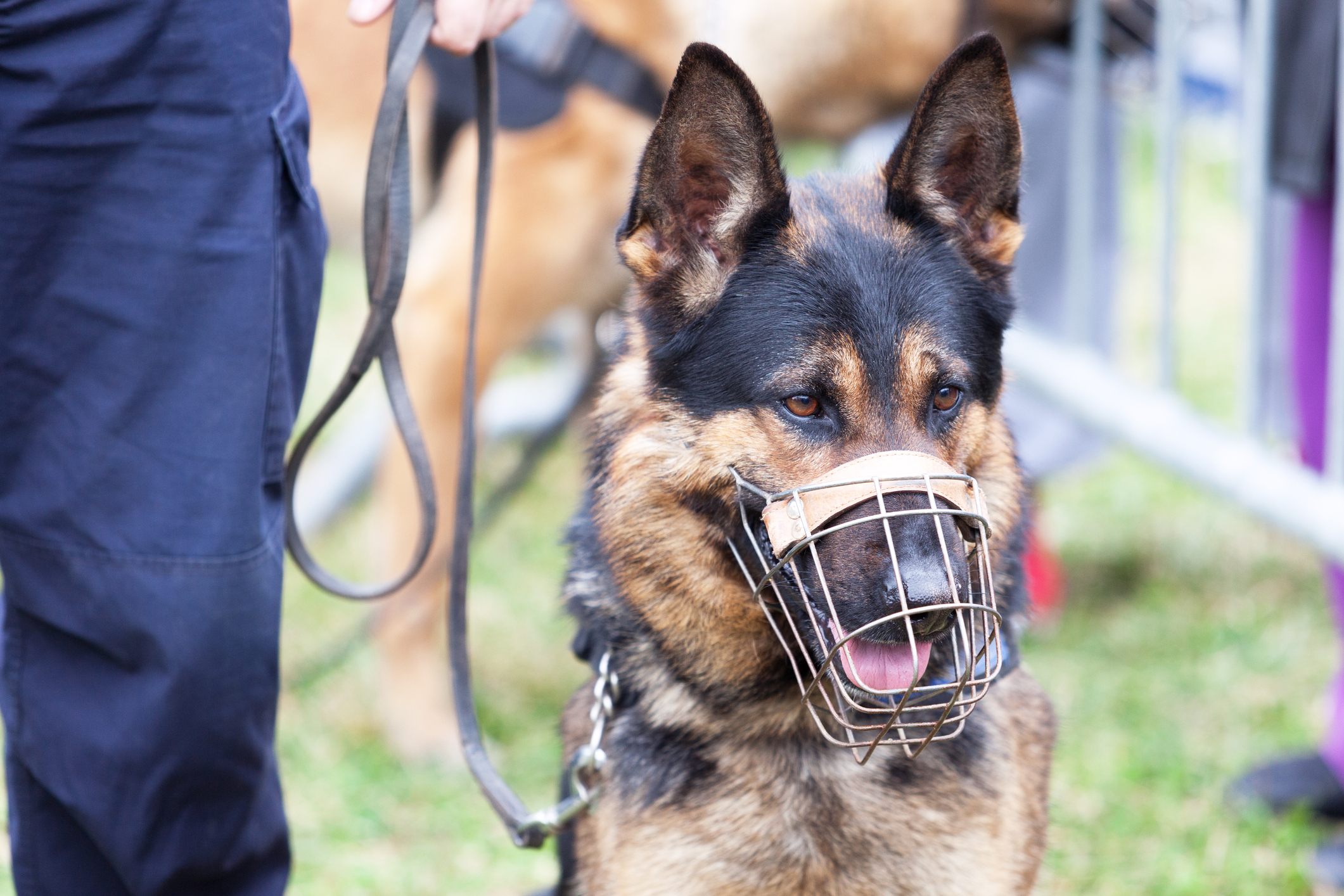When Can a Police Dog Attack?
Law enforcement commonly uses drug detection dogs in the United States to alert police officers to the presence of illegal drugs and other contraband. But dogs can also be used by police departments to administer force during arrests.
Although trained dogs are generally considered a “less lethal force” method like tasers, each year attacks by police dogs result in serious injuries or deaths.
Considering how serious a K-9 attack can potentially be, when is the police use of a dog for force allowed?
Reasonable Use of Dogs in Criminal Apprehension
Due to their keen sense of smell, dogs can be useful in tracking and finding potential suspects. This is especially true when suspects flee to places where a human police officer might have difficulty exploring, like heavily wooded areas.
After locating a suspect, a trained dog should ideally be able to bite and hold the suspect without causing serious injury until it is released by its handler. Constitutional issues can arise when this ideal is not met.
The Constitutional Issue of Excessive Force
Excessive force refers to situations where police are legally entitled to use force, but they use force beyond the minimum amount necessary to make an arrest or prevent danger to themselves or bystanders. The right to protection from excessive force is in the Fourth Amendment to the U.S. Constitution, which prohibits unreasonable search and seizure by government agents, such as police officers.
Generally, using a dog to continue to administer force when a suspect is subdued and poses no further harm to police officers is considered excessive force, as was demonstrated in a recent California case, Hartsell v. San Diego.
Recent Excessive Force Cases
In Hartsell, a police dog was used to locate and hold a fleeing suspect who ran into the brush. When the suspect came out of the brush, the police dog was attached to his arm. The suspect followed the apprehending officer’s instructions to raise his arms, but the police officer did not immediately release the dog, causing further injury to the suspect.
The judge in this case found that failing to release the K-9 officer when the suspect complied with instructions was unreasonable and partly denied the police officer’s claim of qualified immunity.
In a pending Virginia excessive force case, a man is claiming his Fourth Amendment right against unreasonable seizure was violated when a police dog attacked him in a ditch located on his wooded property during a welfare check. The police officer involved in this case alleged he was justified in ordering the dog attack because he was advised that the man was suicidal and armed with a gun, although no gun was found on the man. The police officer has claimed qualified immunity. It is uncertain how the court will rule in this matter.
If You Have Specific Questions About Excessive Force
Victims of excessive force may have questions about their rights that only an experienced lawyer can answer. If you find yourself in that situation, a civil rights attorney in your area may be able to help.
Related Resources:
You Don’t Have To Solve This on Your Own – Get a Lawyer’s Help
Meeting with a lawyer can help you understand your options and how to best protect your rights. Visit our attorney directory to find a lawyer near you who can help.






